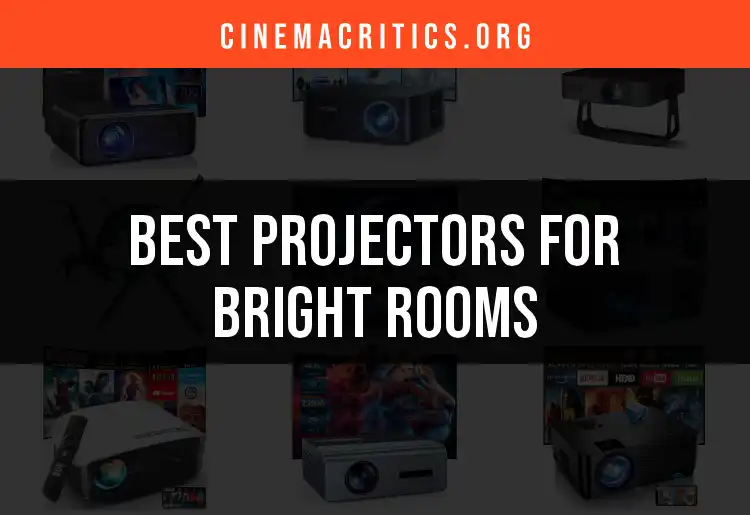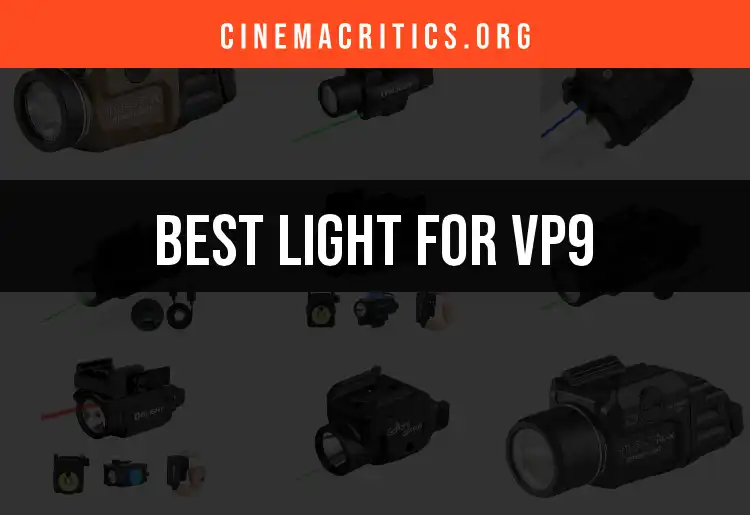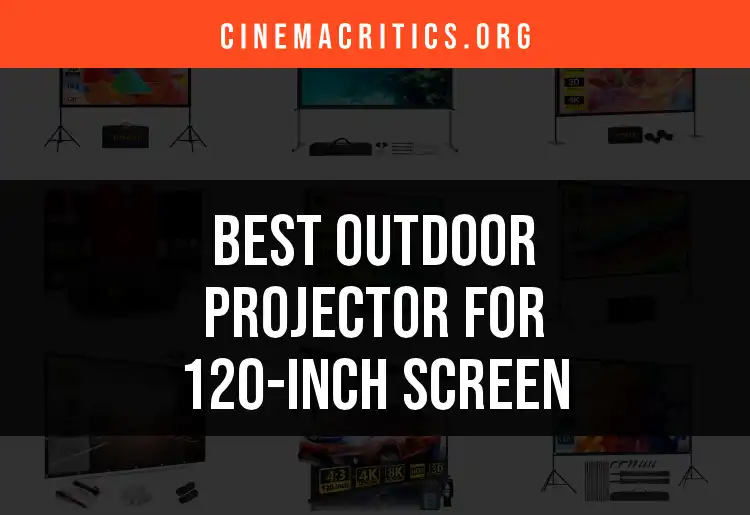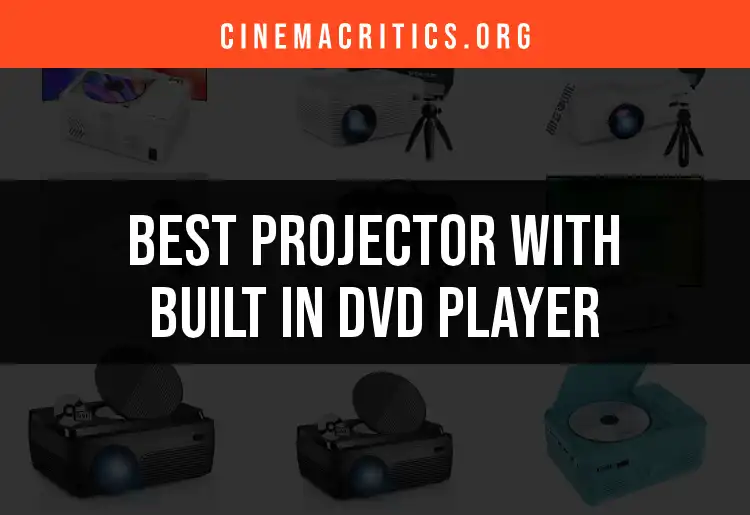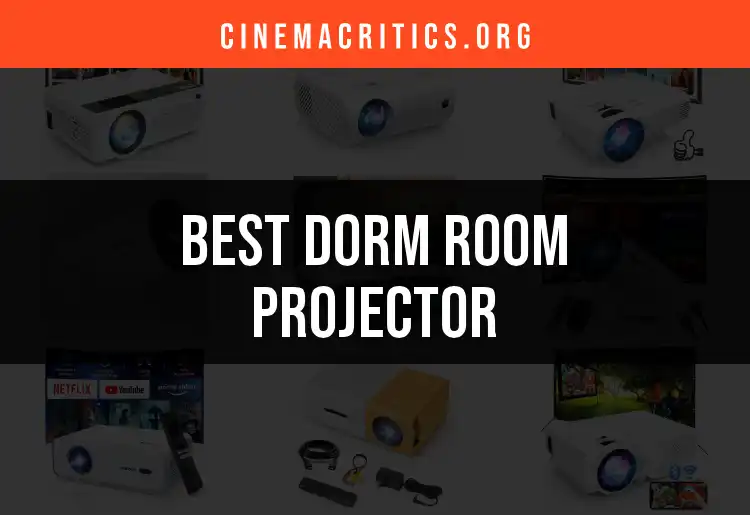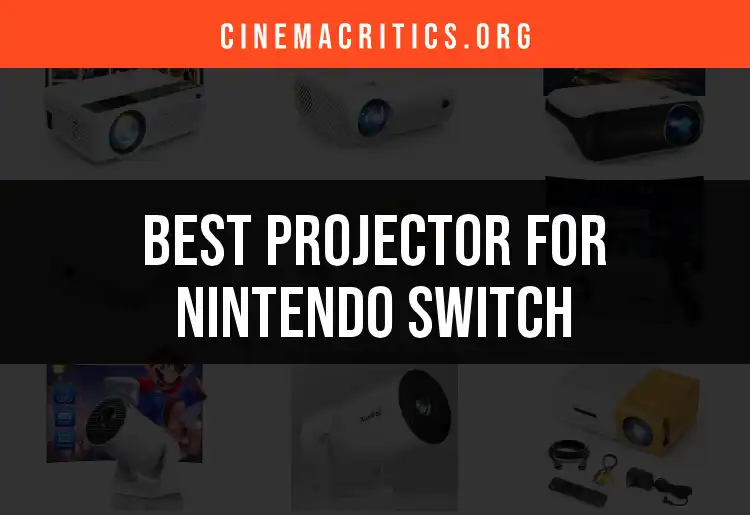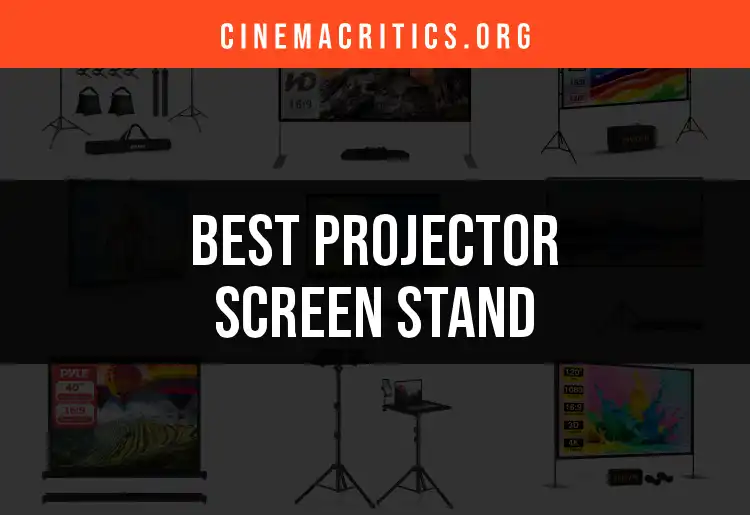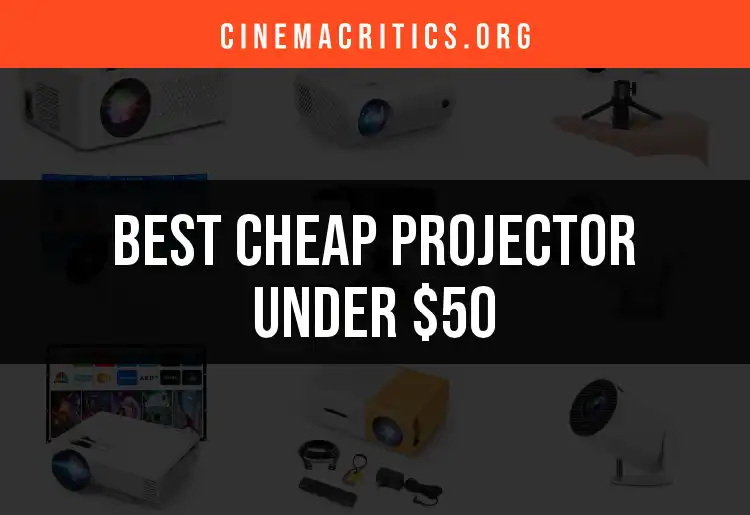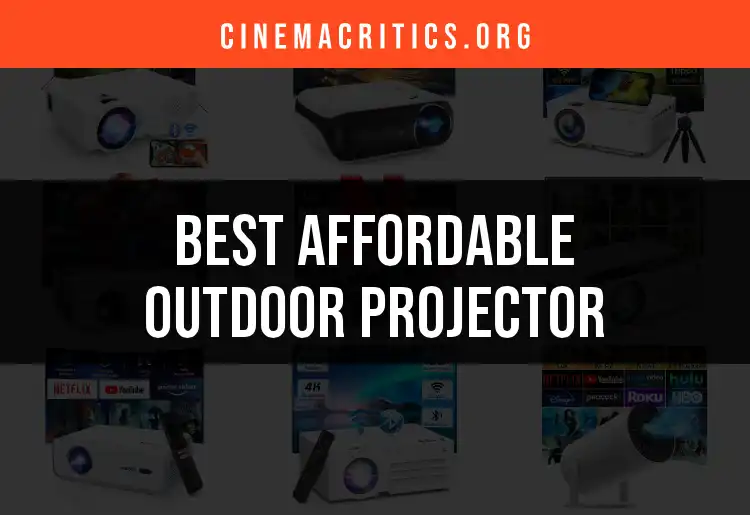A comprehensive guide to projectors encompasses a wide array of facets surrounding this versatile technology. Understanding the ins and outs of projectors can significantly enhance your viewing experience, whether for cinematic enjoyment, educational purposes, or business presentations.
Introduction to Projectors
Projectors are devices that take visual content generated from a computer, video player, or other digital devices and display it on a larger surface, typically a specially designed screen. Their technology has remarkably evolved over the years, making projectors vital tools in various environments, from home theaters to classrooms and corporate settings.
Importance of Projectors in Various Settings
-
Home Theatre: A projector can transform an ordinary space into a cinematic experience. Watching movies on a large screen can make you feel like you're part of the action, delivering excitement that standard televisions often lack. By considering options like a 150-inch projector screen, you can achieve an immersive environment that encapsulates the grandeur of a theater.
-
Business Presentations: In the corporate world, effective communication is essential, and projectors leverage visual aids to enhance this. By displaying presentations, graphs, and videos, projectors facilitate fact-based discussions and help keep audiences engaged. They turn stagnant meetings into dynamic interactions, allowing for better retention of information.
-
Education: Schools and universities utilize projectors as educational aids, bolstering visual learning by projecting slideshows, educational videos, and interactive content. The use of projectors in classrooms fosters a collaborative environment where instructors can engage multiple students simultaneously, catering to diverse learning styles.
Types of Projectors
Understanding the varieties of projectors available is crucial in selecting one best suited for your needs.
DLP (Digital Light Processing)
DLP projectors utilize a digital micromirror device that reflects light to create images. They are known for their reliability and vivid color reproduction. DLP projectors often feature higher contrast ratios and are less susceptible to image distortion, resulting in clearer visuals during fast-paced action scenes. This technology is widely used in cinemas and increasingly in home theaters, primarily because of its color depth and lack of motion blur.
LCD (Liquid Crystal Display)
LCD projectors are particularly well-regarded for their ability to deliver bright, sharp images with excellent color accuracy. They work by passing light through liquid crystal panels, which adjust to create the desired image. With natural colors and impressive clarity, these projectors are commonly used in environments where presentations need to be made, such as classrooms and meeting rooms. Understanding their benefits allows you to appreciate how LCD projectors can enhance the viewing experience, especially in educational contexts.
LCoS (Liquid Crystal on Silicon)
LCoS projectors employ a combination of both LCD and DLP technology, offering superior image quality with excellent color depth and contrast ratios. They are popular for high-end home theater setups due to their ability to project exceptional detail. LCoS technology is highly praised for rendering intricate scenes, making it ideal for movie lovers who desire a cinematic experience at home. If you’re searching for quality imagery, it’s beneficial to delve into LCoS options.
LED Projectors
LED projectors use light-emitting diodes, resulting in compact, efficiently designed units. With longer lifespans and lower power consumption, these projectors are portable and perfect for casual movie nights or impromptu presentations. They are easy to set up, making them desirable for users who need flexibility in their viewing setups, whether indoor or outdoor.
Laser Projectors
Laser projectors are gaining traction primarily due to their exceptional brightness levels and color fidelity. These projectors excel in large venues where the ambient light is an issue, delivering stunning visuals that compete with natural sunlight. Their longevity and low maintenance make them a sound investment, especially for professional environments requiring reliable performance. Looking into a laser projector can open up new possibilities for immersive experiences, especially in expansive spaces.
Overview of Short Throw and Ultra Short Throw Projectors
Short throw projectors are designed to be placed closer to the projection surface, minimizing distortion and allowing flexibility in small settings. This feature makes them suitable for classrooms and small conference rooms. If you're conscious of space but want a dramatic visual impact, exploring a cheap short throw projector can be a rewarding investment that marries functionality with affordability.
Understanding Projector Specifications
Familiarizing yourself with projector specifications is essential for making informed choices, as these details influence the device's performance and suitability for your specific needs.
Resolution
Resolution refers to the number of pixels displayed on the screen, significantly affecting clarity and detail. Common resolutions include 720p, 1080p, and 4K:
- 720p: A standard in budget projectors, good for casual viewing but lacks sharpness for large screens.
- 1080p: The gold standard for most home theaters, offering crisp images that bring films and presentations to life.
- 4K and Beyond: Catering to premium experiences, 4K projectors offer exceptional detail that appeals to cinephiles and gamers alike. As resolution increases, the visual experience becomes richer and more engaging, enhancing the overall enjoyment.
Brightness (Lumens)
Brightness, measured in lumens, determines how well a projector performs in different lighting conditions. A projector with higher lumens translates to better visibility in lit environments. For example, if you are planning to set up your projector in a room with substantial ambient light, consider a projector with a minimum of 3000 lumens to ensure clarity and vibrancy. If you truly desire unparalleled brightness, consider exploring options in our guide on the best 5000 lumen projectors. Adequate brightness is vital for an impressive viewing experience.
Contrast Ratio
This metric reflects the difference in brightness between the darkest black and the brightest white a projector can produce. A higher contrast ratio provides deeper blacks and more vibrant colors, creating a more dynamic image. This is particularly important for movie nights or presentations with vivid graphics, as a more contrasting display enhances the viewing experience, making it more engaging.
Throw Distance and Screen Size
The throw distance indicates how far the projector needs to be from the screen to achieve a specific image size. Understanding your space and measuring for appropriate throw distance ensures your projector can fill the screen adequately without compromising the quality. This is essential for achieving optimal performance and avoiding frustration with a poorly sized image.
Aspect Ratio
The aspect ratio describes the width of the image relative to its height. Widescreen (16:9) is the most common standard for movies and presentations, while others, like 4:3, may be suitable for older content. Knowing the aspect ratio you need can significantly affect the quality of your projection and how well content fits on your screen.
Connectivity Options
As technology advances, projectors are designed with various connectivity options such as HDMI, VGA, USB, and wireless capabilities. These options ensure that you can connect various devices seamlessly, keeping your setup versatile and modern. Having multiple connection types can ease the process of switching between devices for presentations or entertainment.
Recommended Projector Types for Different Use Cases
Selecting the appropriate projector hinges heavily on understanding your intended use.
Home Theater Projectors
For creating a home theater, choose a projector boasting high resolution and brightness. This combination will guarantee that images are clear and vibrant, enabling an immersive experience. Pairing your projector with a 150-inch projector screen capitalizes on your investment, ensuring you enjoy movies just the way they were meant to be seen—larger than life.
Business and Education Projectors
In a professional or educational context, adaptability is crucial. Projectors intended for these environments should prioritize portability, brightness, and connectivity options. They often feature easy connection to laptops and other devices, making transitioning between presentations smoother.
Portable Projectors
If you relocate often or present in varying locations, a portable projector's lightweight design and compact features will be invaluable. Many portable projectors also come with built-in batteries, allowing for true mobility without the hassle of needing a power source. This mobility opens up new avenues, such as producing impromptu presentations anywhere, whether in a park or at home.
Holiday Window Projectors
For festive occasions, holiday window projectors can transform the outside of your home into a whimsical display. These projectors can project animated scenes, adding a magical touch to celebrations. For unique and creative outdoor displays, consider looking through our guide on the best holiday window projectors to find options that will dazzle your neighbors and guests alike.
Specialty Projectors
Specialty projectors such as holographic projectors deliver a distinctive visual experience that traditional projectors cannot achieve. These devices can create eye-catching displays that engage viewers in ways that standard projectors cannot. As you explore different types of projectors, our insights on the best holographic projectors can guide you toward cutting-edge technology for your displays.
Buying Guide for Projectors
Purchasing a projector involves careful consideration of several key aspects.
Setting a Budget
Establishing a budget is crucial as it dictates your options and narrows your search. It’s important to remember that generally, you will get what you pay for; investing in a quality projector will lead to a more satisfying viewing experience in the long run. Knowing your spending limits can also help you determine which features matter most to you.
Assessing Your Needs
Evaluate what you aim to achieve with your projector. Will you use it mainly for movies, presentations, or a blend of both? Different applications require varying specifications. For example, a projector for home movie viewing will necessitate a focus on brightness and color accuracy, while a projector for business might prioritize connectivity and portability.
Features to Look For
When searching for the right projector, consider these essential features:
- Brightness: A projector suited to your environment—adjustable for both dark and bright settings—is critical.
- Image Quality: Look for projectors with high resolution, contrast ratios, and color fidelity to enhance visual appeal.
- Portability: A lightweight and compact design can be advantageous for frequent movers or mobile presenters.
- Ease of Setup: Some projectors come with more straightforward installation and adjustment processes, reducing set-up time and stress.
Where to Buy Projectors
When purchasing, weigh the pros and cons of local stores against online options. Buying online may provide a wider selection and customer reviews, helping you make an informed decision. On the other hand, visiting a local store allows you to see projectors in action, better evaluating brightness, color accuracy, and overall performance.
Introduction to Projector Screens
A projector screen amplifies the visual output, significantly impacting image quality. Choosing compatible screens allows you to achieve optimal contrast and color accuracy, enhancing your viewing experiences.
Different Types of Screens
- Fixed Frame Screens: For dedicated home theater setups, these screens are tensioned, providing a smooth surface that enhances picture quality.
- Motorized Screens: Offering convenience, motorized screens are ideal for multipurpose rooms where aesthetics matter. These retractable screens go up and down with ease, saving space when not in use.
- Portable Screens: Ideal for travel, these lightweight solutions enable users to set up presentations anywhere, making them perfect for mobile professionals.
When enhancing your setup, consider looking into the best 150-inch projector screens for a comprehensive list of options that can elevate your viewing experience.
Best Projector Screens
Best 150-Inch Projector Screens
A 150-inch screen can significantly impact the whole experience, making it a key player in any home theater setup. Consider aspects like screen material, gain factor, and aspect ratio when choosing. A quality screen enhances resolution and color depth, creating an immersive experience.
Projector Stand: Choosing the Right One for Your Setup
Selecting the right projector stand is crucial since a stable foundation ensures that your projector is set at the optimal height and angle. Look for stands with adjustable features to accommodate your specific setup needs. Portability and adaptability are also essential for quick transitions between different environments, enhancing the versatility of your projector. For recommendations on stand options, check out our guide on the best projector stands.
Maintenance and Troubleshooting for Projectors
Regular maintenance is critical to maintaining performance and extending the lifespan of your projector.
Regular Maintenance Tips
- Clean the Lens: Keeping the lens clean from dust and debris ensures clarity and optimal performance. Regular cleaning enhances image sharpness and overall quality.
- Check the Bulb: Monitor bulb hours and performance. Bulbs dim over time, impacting image quality, meaning timely replacements are vital for consistent performance.
- Check Connections: Regularly inspect and secure all cables to avoid interruption in power or connectivity. Loose connections can lead to poor performance, making it essential for a seamless experience.
Common Issues and Solutions
Encountering issues during use—such as dim images, connectivity problems, or distorted visuals—is common. Many problems can be quickly resolved by consulting the user manual or looking up troubleshooting techniques online. Having a good understanding of how to solve these common issues will enhance your experience and reduce frustration.
Future of Projection Technology
The world of projection technology is ever-evolving, promising exciting innovations that are revolutionizing how we interact with visual content.
Innovations in Projector Technology
Emerging technologies like 3D projection and advanced laser systems are making waves in the projection market. These innovations not only enhance visual quality but also expand the range of applications for projectors, allowing for more interactive and engaging experiences for users.
Conclusion
In summary, choosing the right projector requires a thorough understanding of your specific needs, the various types available, and how they can seamlessly integrate into your environment. This guide provides you with the tools necessary to navigate the projector landscape, allowing you to select one that meets your individual requirements. Whether you're exploring options for the best cheap short throw projectors or considering diving into the world of classic presentations with a slide projector, being informed is key to making the best decision for your viewing experience. By understanding the intricacies of projectors, you can ensure that your choice leads to a satisfying and immersive viewing journey.






